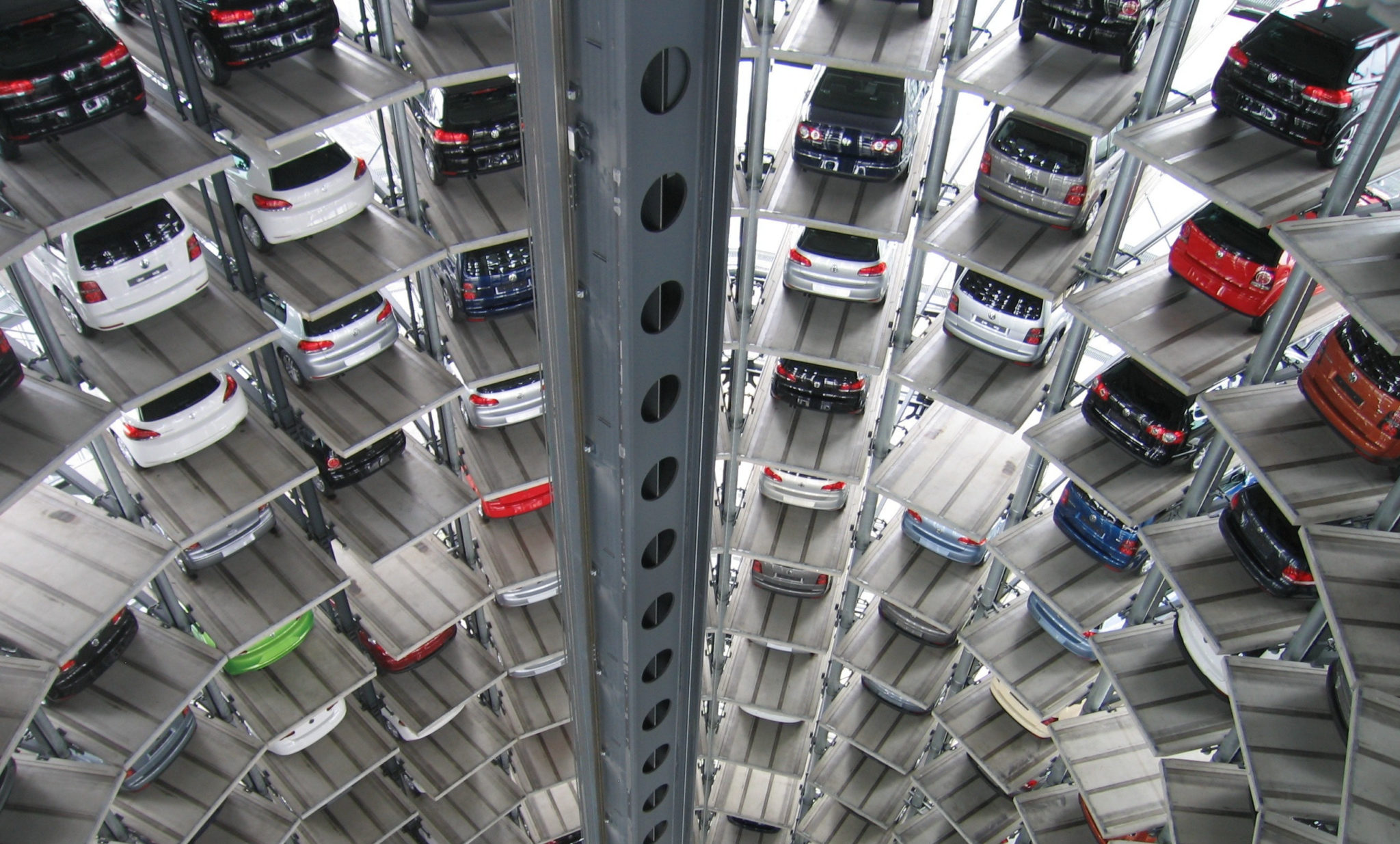The best car-buying experience that I--or pretty much anyone--ever had came 20 years ago. With two young daughters and, thus, soccer car pools looming, my wife and I decided we needed a big, old SUV, and we just happened to have a good friend and neighbor who owned a car dealership that sold them. Mark steered us toward the Yukon XL and, a few nights later, dropped a demo version off in our driveway. We liked it. We picked a color and a few features, and he ordered our car. A few weeks later, he drove that to us, too. We opened a bottle of wine and, in leisurely fashion, signed all the documents, wrote a check and took possession.
Fast forward to today, and, as Consumer Reports writes, many people are headed toward our sort of experience. They likely don't receive a deep, friends-and-family discount and may skip the bottle of wine at signing, but, because of social distancing, people are increasingly ordering cars online and taking delivery at home -- a situation that offers lessons for the insurance world and recommends an approach known as reverse innovation.
Ordering cars online has for 25 years struck me as the right way to do things, and not just because Mark is such a nice guy. You get exactly the car you want, rather than haggling as the dealer tries to convince you to take the heavily loaded car he has on site that is his closest facsimile. Prices drop because dealers don't have to finance the billions of dollars of cars that currently sit on lots or to pay so many salespeople.
The old system has persisted partly because most people, unlike me, want a car right away, not three weeks later. In addition, dealers capture far more of the industry's profits if they, not the manufacturers, handle the sales, and dealers have been able to use state laws to protect their franchises against any centralized, online approach to sales.
But dealers are now having to adapt, and many are struggling. They don't understand the online behavior of customers well enough to know how to guide them through the buying process if a hail-fellow-well-met type can't sidle up to a couple as they walk through the front door of a dealership.
Insurers and their agents/brokers are going through something similar. The shift is less severe--it's easier to walk customers through the details of an insurance policy online or on the phone than it is to try to take a customer on a virtual test drive of a car--but the industry is shifting toward digital during the crisis and will likely never return to the level of in-person interaction that existed just a couple of months ago.
So, how best to prepare for this long-term change?
I wrote four weeks ago about using the restrictions caused by the pandemic as a natural experiment to track how much value you really got out of travel, conferences, face-to-face meetings and other activities that you've never been able to question because they're how business has always been done. Many of us have also long argued in favor of using a "clean sheet of paper" as an occasional exercise to stretch your thinking: You set aside near-term considerations, take out a proverbial blank sheet of paper and imagine what the perfect form of your business could look like in, say, five years. Then you start planning to see if you can't get there from here.
But I wanted to add an idea that will be especially appealing to companies with access to international markets, either on their own or through partners, but that is available even to those of us who just read or watch what happens there. The ideas is reverse innovation.
The innovation is "reverse" because, while those of us in the developed world tend to think that we come up with the new ideas and then eventually export them to the developing world, many ideas can actually flow in the opposite direction. That's especially true when it comes to cost-cutting: An "inexpensive" piece of medical equipment in the U.S. doesn't look so inexpensive in, say, Sri Lanka.
I first came across the idea when I helped two McKinsey partners write a book that, come to think of it, was published seven years ago this week. We described a refrigerator that was designed in India, that cost less than $100 and that was making inroads against "inexpensive" models in the developed world that cost several times as much. I've since become a fan of Vijay Govindarajan, who published a piece with us back in 2013 on how reverse innovation could cut U.S. healthcare costs in half and who has written a very smart book on the topic. The notion has even surfaced as a possible solution to the shortage of ventilators for those who become seriously ill from the coronavirus: A machine designed for rural areas in developing countries would cost roughly $100 each, as opposed to more like $15,000 for those in use across the U.S., and attempts are being made to rush it into production.
In insurance terms, the best example I can think of for reverse innovation is microinsurance. It almost has to be sold in a hands-off fashion, so there must be lessons already available on what works and what doesn't that could be applied to online selling in the developed world. Joan Lamm-Tennant, who is CEO of Blue Marble Microinsurance and who spoke on the keynote panel at the recent (fully online) Future of Risk conference, surely has some advice to offer the rest of us.
There must also be other lessons from other companies doing business in the developing world, where the economics have never supported the kind of person-to-person advice available elsewhere -- and where we may start to see the digital models of the future forming.
Let's go find those lessons.
Cheers,
Paul Carroll
Editor-in-Chief





